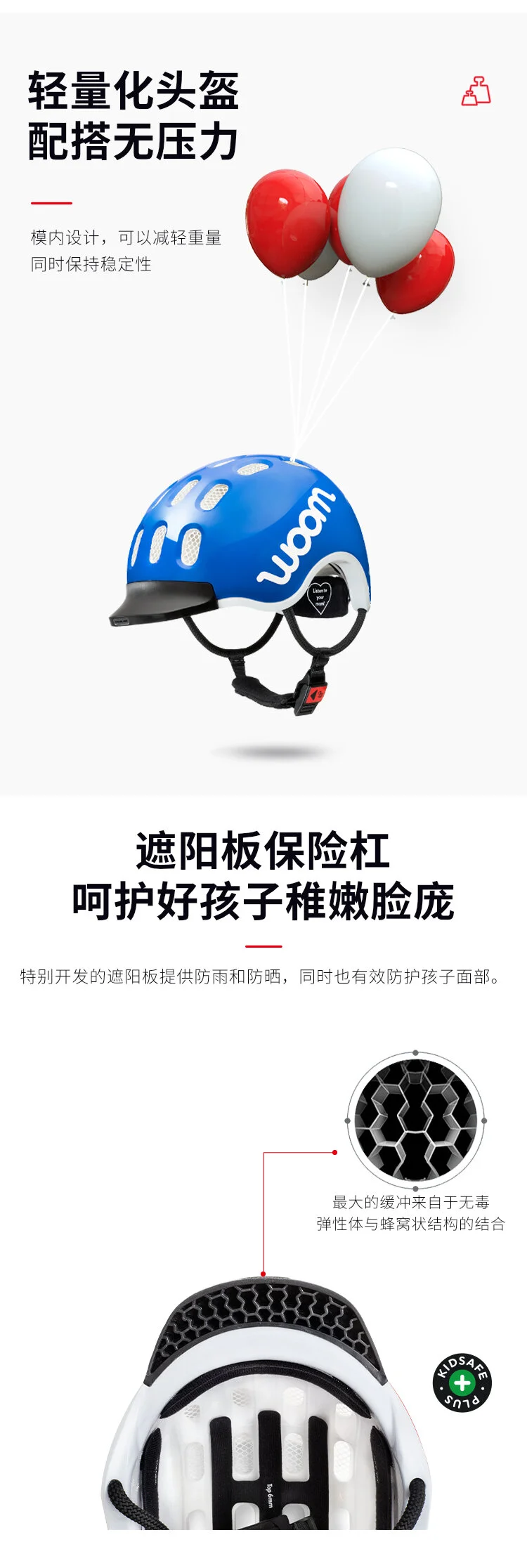How To Open Tmall And JD.com Stores In China
This guide described the process of opening ‘China-based’ Tmall and JD.com stores. For ‘cross-border’ stores please read our guide dedicated to this type of stores here.
Tmall and JD.com are the two most dominant e-commerce platforms in China. Together, they account for 85% of China’s e-commerce market.
It then comes as no surprise that every company serious about selling to Chinese consumers should consider opening their store on either or both of the platforms.
Store location
Both Tmall and JD.com operate two separate sales platforms: China-based and Cross-border stores.
China-based stores
Simply called Tmall and JD.com (or Jindong in full)
Store registered using a Chinese business
Typically done by local distributor, agent, subsidiary or agency
Import and VAT taxes have to be paid before goods enter China
Certain goods have to be certified to be sold on the Chinese market (eg. CCC and FDA certifications)
Require trademark in China
Cross-border stores
Tmall Global and JD Worldwide
Store registered using a foreign business license
Goods shipped to customers from abroad or a bonded warehouse in China
Special tax regime with lower tax rates
Taxes paid only after goods are purchased by customers
Goods don’t have to be certified in China
Require trademark in home country of the applicant only
This guide will describe the registration process for a China-based Tmall store.
While we focus on Tmall, the process and requirements are nearly identical with JD.com.
Tmall operates 4 types of stores
Flagship store
Opened by trademark owner or distributor/agent with exclusive authorization. Store sells only one brand of products.
Exclusive store
Opened by trademark owner or distributor/agent with non-exclusive authorization. Store sells only one brand of products.
Specialty store
Also referred to as ‘franchise store’. Store consists of two or more brands under the same category.
Marketplace store
Multiple brands under service type trademark.
Foreign companies interested in selling to China are typically the brand owner. As such, flagship store is the default choice offering the highest level of exclusivity. This guide will focus on the process of opening a flagship store from now on.
Requirements
Business license of a Chinese company registering the store
Goods sold in the store must be in the business scope of the registering company.
Some categories make requirements on the minimum registered capital.
Scan of ID card or passport of the legal person
Contact information of the legal person
General taxpayer qualification
Chinese trademark registration
Some categories accept notice of acceptance of trademark registration (ie. filed application for trademark)
Some categories require a certificate of trademark registration (ie. registered trademark)
Product certification (if applicable)
Pictures of samples, including test reports, Chinese labels and manuals and other relevant information
Exclusive authorization letter with power of attorney
Additional materials can be requested
Tmall groups products into categories and requirements differ slightly by category, For example, selling drugs and cosmetics requires store owner provide lab results and FDA certification. Full up-to date list is available on Tmall’s website here.
Online application
Submit required documents
Select store type and category
Fill in brand information
Fill in company information
Pick store name
Picking name
The naming regulation strictly prescribes the following:
Store name: Brand name from trademark registration + (Category) + “Flagship store”
Domain name: English or Chinese brand name
Full list of requirements on Tmall’s website here.
Audit
3-6 workdays
Brand evaluation
Tmall will assess the strength of the business and the brand
Brand positioning: style, audience and unit price
Brand management strength: the establishment date of the brand, offline operation (stores, turnover in recent year, foreign trade and export volume and otehr), operation on Taobao or other platforms
Brand characteristics
Corporate strength: factory, enterprise awards, operation plans and other information
Content of Qualification Audit
Valid qualification
The scale meets the entry requirements
Valid authorization
Complete production, business scope and product safety qualification, complying with the requirements of the state administrative law
Dispatch & Warehouse: Any warehouse
One Chinese company can open one Taobao store and one Tmall store with its business license
Basic set up
Set a password
Fill in mobile phone number and email address
Alipay real-name authentication (link)
Complete the store information
Pay deposit and annual service fee within 15 days
Fee structure
Deposit
50 000 - 100 000 CNY (amount varies by category)
Paid in advance
Is refundable in the case store is close down
Its purpose is to provide refund to customers automatically
Annual fee
10 000 - 60 000 CNY (amount varies by category)
Paid in advance
If store meets revenue targets set by Tmall, fee will be partially or fully refunded
Sales commission
2-5% (amount varies by category)
Deducted automatically with every purchase
Additional 1% charged by Alipay (payment provider) with every purchase
Fees charged by JD.com are largely identical.
Full fee structure available on Tmall’s website here.
Store design and set up
Store homepage
Product pages
Warranty and returns
Store structure
Designate logistics provider
Setup customer service
Upload products, images, prices, available stock and other relevant information
Chinese e-commerce is different.
While western e-commerce platforms aim for simplicity, stores on Tmall and JD.com are expected to provide intricate designs. Every product page has to be individually designed in PhotoShop (or similar) by a professional designer in order to keep up with the competition.
Texts, images and videos are all expected to be presented in a way the Chinese customers are used to.
This process can be tedious for new brands to China and we recommend starting preparations well in advance to avoid launch delays.
Launch
Ensure store meets minimum stock requirements (link)
Follow the steps in the video below
Operation
Every store automatically receives assessment score based on its performance. Some of the key performance indicators are sales, customer service response time, positive/negative customer reviews, indicated stock, participation in sales events and ad spend. Stores with poor score will be notified by the platform, but unlike cross-border stores, the risks of store being forcefully closed down are minimal.




